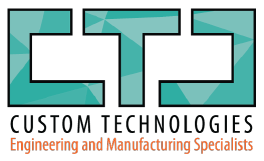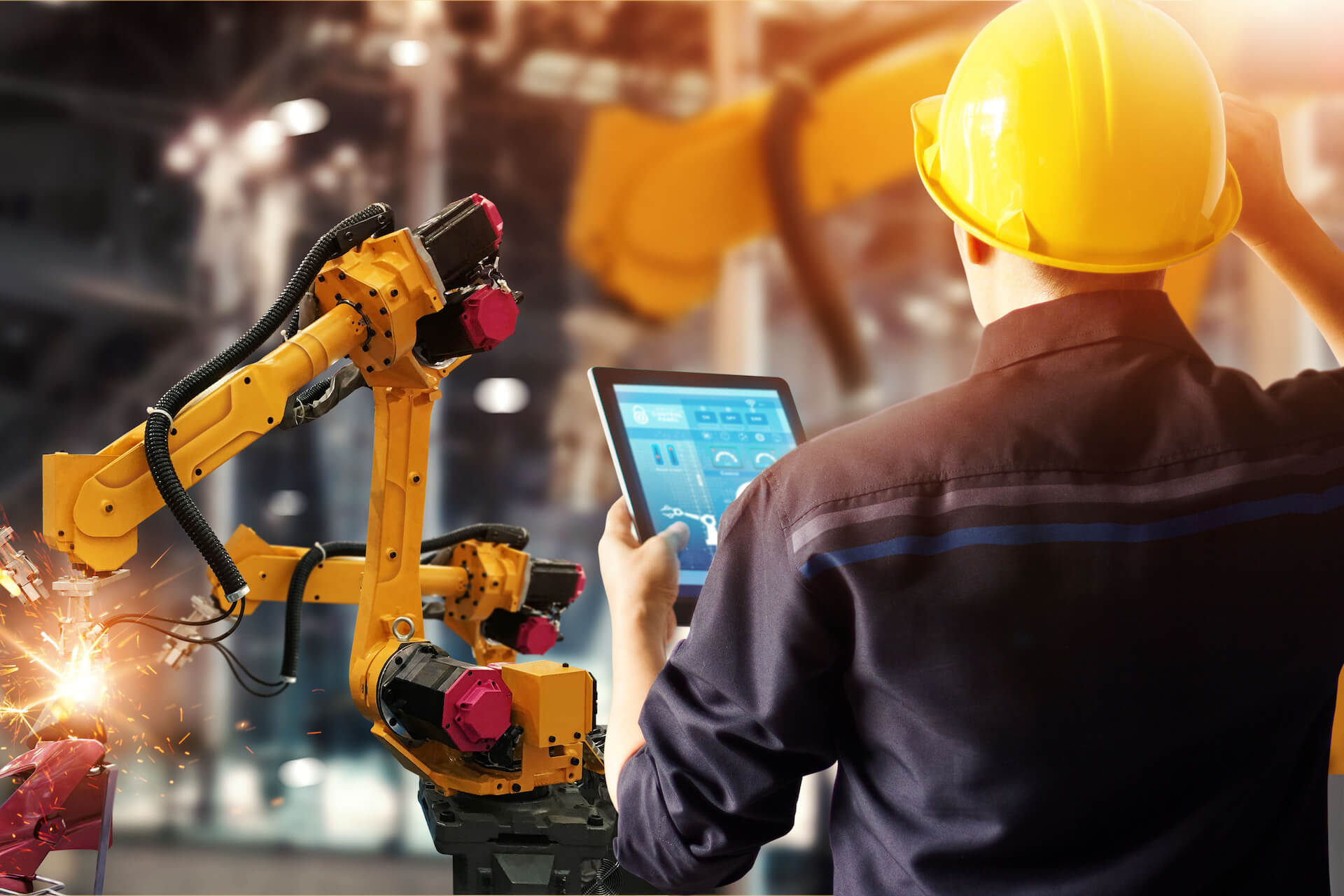Many people know that industrial automation is beneficial, making it no surprise that it’s popular across multiple industries. Yet, manufacturers often struggle with knowing how to integrate it into their facilities. Here are the terms to know!
Your Control Systems
Manufacturers looking to automate their facilities will need to have reliable and capable control systems. That’s where the Programmable Logic Controller (PLC) and Human-Machine Interface (HMI) come into play.
What Is a PLC and How Does It Work?
A Programmable Logic Controller is a ruggedized industrial computer that uses programmable memory to store instructions and implement functions, such as arithmetic, counting, logic, sequencing, and timing, to control machines and their processes.
It Has a CPU
It has a Central Processing Unit (CPU), also known as a processor or microprocessor. This is often referred to as the brain of digital systems, as it’s responsible for performing every action.
It Has I/O Modules
Input and output modules (I/O modules) send information from the PLC to the CPU, triggering specific results. Input devices may be meters, sensors, and switches. Output devices might include drives, lights, relays, and values. You can mix and match the I/O modules to get the right configuration for your application.
It Connects to SCADA Systems
A PLC may need to connect with other systems in addition to I/O modules. One such system is a Supervisory Control and Data Acquisition (SCADA) system. This collects, analyzes, and visualizes data, allowing operators to control and monitor the operations of the manufacturing plant.
Human workers use the part of the SCADA known as the Human-Machine Interface (HMI).
What Is an HMI and How Does It Work?
A Human-Machine Interface (HMI) refers to a dashboard or screen that production line operators, managers, and supervisors use to control machinery. This control system translates complex data into useful information.
HMIs can be used to:
- control a machine‘s functions and operations.
- monitor machine inputs and outputs.
- track production time, trends, and tags.
- visually display real-time data.
They’re also available in a variety of forms, including:
Make the Leap With Custom Technologies
At Custom Technologies, we are experienced in PLC and HMI programming. We’ve been designing, building, and installing custom automation machinery for over 25 years.
By working with us, you’ll have machinery that’s user-friendly and built to last. Schedule a FREE consultation and take the first step toward making your concept a reality!


